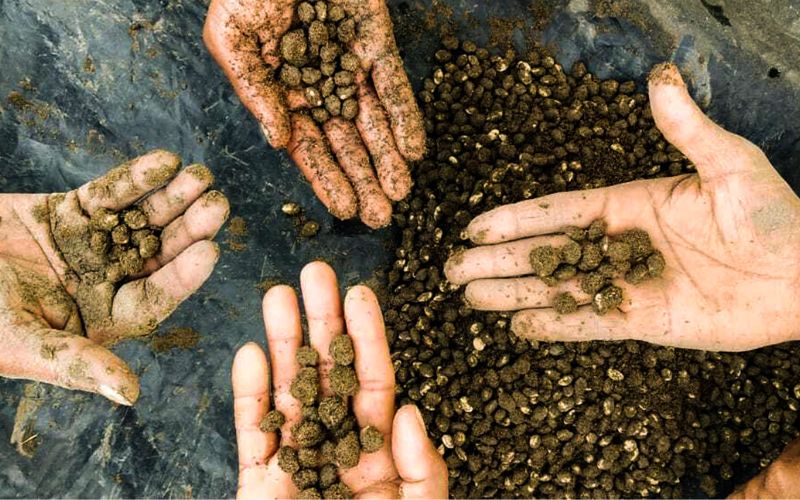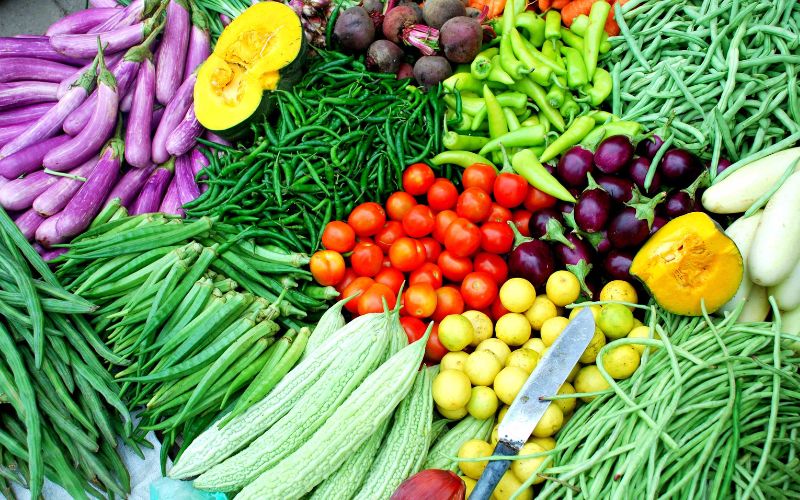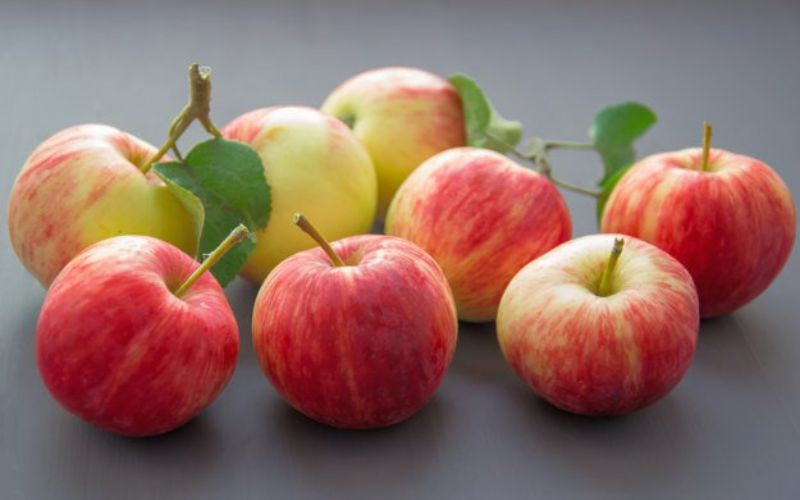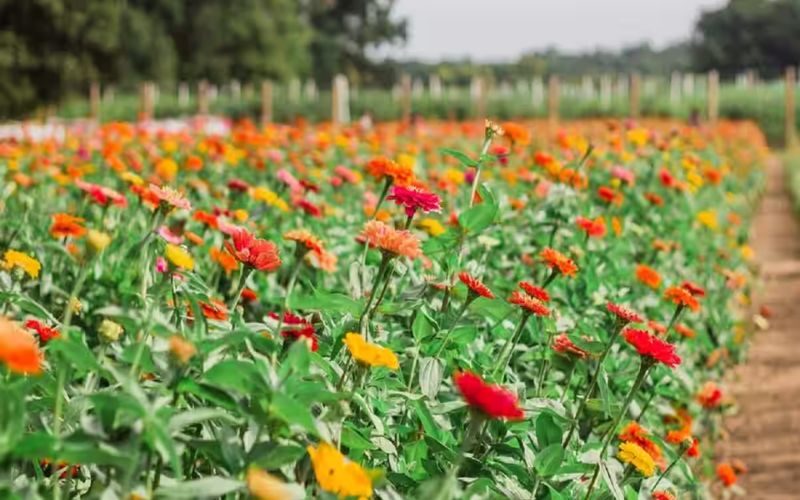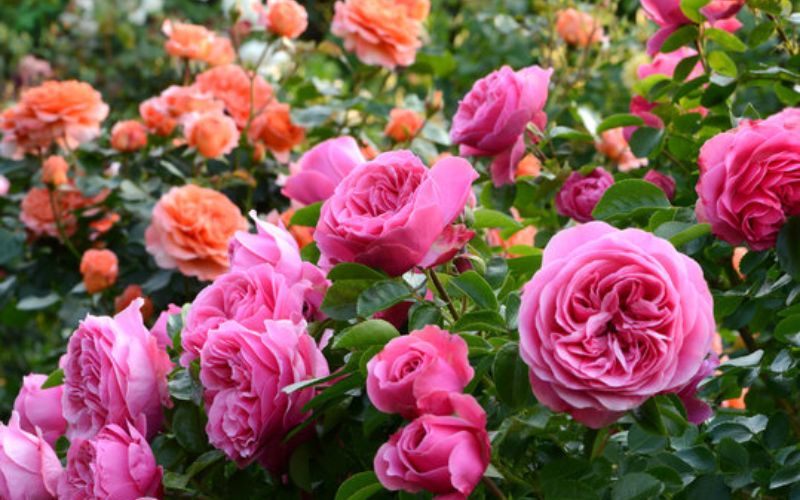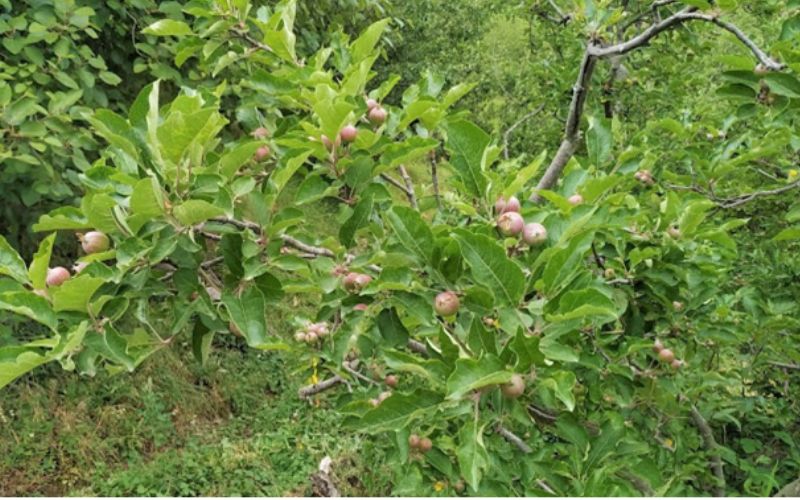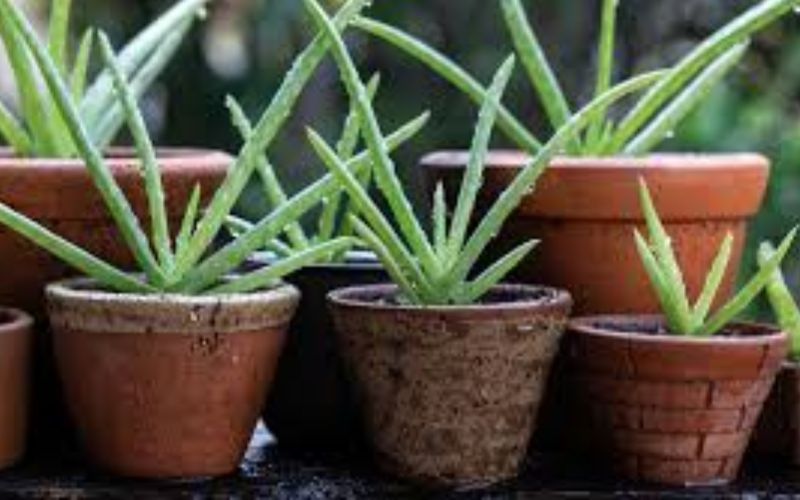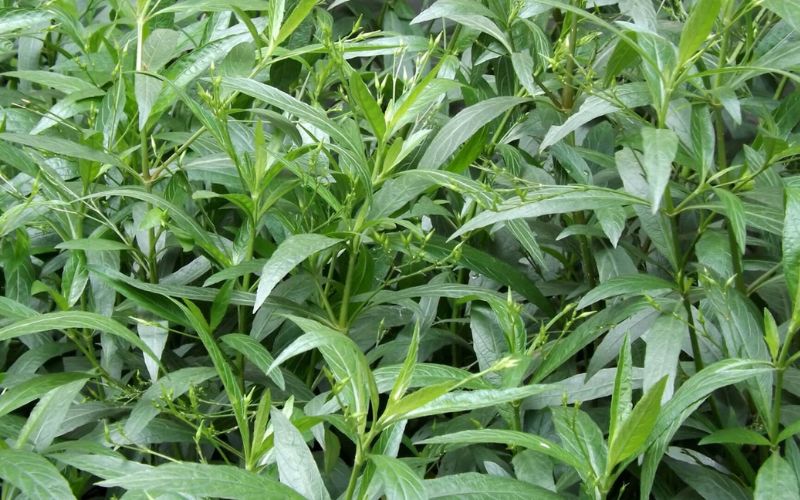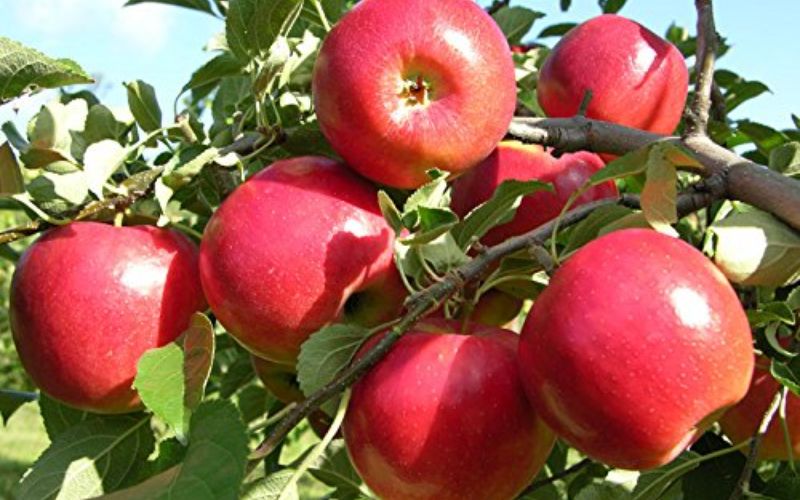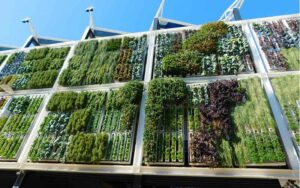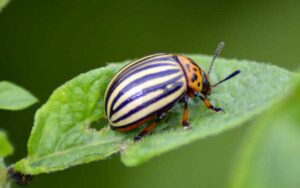NATURE’S PHYTOREMEDIATION: Application of Flowering Plants for Heavy Metal Accumulation
Dr M. K. Sharma
Assistant Professor (Horticulture)
College of Horticulture
Sardarkrushinagar Dantiwada Agricultural University, Jagudan – 384 460
ABSTRACT
Due to the extreme consequences, environmental contamination with heavy metals is a significant concern that needs an effective and affordable technological solution. Several technologies viz., excavation, immobilization, vitrification, soil flushing, etc. are already being used to clean up the environment from these kinds of harsh contaminants, but most of them are costly and far away from their optimum performance. It prohibits the use of these technologies in sustainable and eco-friendly remediation of metal contaminated sites in many part of world. Phytoremediation has emerged recently as a promising in situ method, cost effective, environmental friendly alternative to the conventional approaches. Phytoremediation also offer many other advantages including reducing soil erosion, enriching soil organic matter leading to enhanced soil fertility and is a sustainable technology for site restoration. Plant selected for successful remediation in a contaminated area should suits to the local biodiversity and also provide economic benefits and functional utility and by-product generation potential. Therefore, ornamental plants are considered as ideal for phytoremediation and phytomanagement of heavy metal. Use of ornamental and flowering plants for remediation of a contaminated environment would also change the landscape for ecotourism which provides improved human use of land, aesthetic enjoyment and a positive influence on the environment of the society. Ornamental and flowering plants are not optional, but are actually necessary to added advantage of enhancing the environment’s aesthetics besides cleaning up the environment and generating additional income, including additional employment opportunities and contribute to ‘Swachh Bharat Abhiyan’.
INTRODUCTION
Due to the extreme consequences, environmental contamination with heavy metals is a significant concern that needs an effective and affordable technological solution. Heavy metals are conventionally defined as group of toxic metals and metalloids, having density more than 6 Mg/m3 and atomic weight more than that of Iron. Heavy metals not degraded biologically in soil but are only transformed from one oxidation state or organic complex to another. The most common toxic metals are Cd, Cr, Pb, Cu, As, Hg, Ni, Co and Zn. Metals are present in trace amount in nature. Contamination, however, has increased concentration of heavy metals due to long-term use of commercial inorganic fertilizers, pesticides and other agrochemicals, industrial emissions, mining, smelters, tanneries, sewage sludge, and waste disposal in particular areas. The rising level of toxic metals poses serious threats to all living organisms as they continue to violate health guidelines in many parts of the world. Exposure to these harsh metals to the human body can occur through multiple pathways, including ingestion, inhalation or skin. Excessive metals exposure can cause keratosis, brown’s disease, plumbism , minamata disease, young’s syndrome, Itai-itai, Parkinson’s disease, selenosis and aggravate existing cancer problem. Heart and chronic lung diseases are some other due heavy metal pollution are not uncommon. Infants and foetuous are also exposed to metals through breast milk or trans-placental transfer.
Remediation of metal contaminated soils and water is an important concern. Several technologies viz., excavation, immobilization, vitrification, soil flushing, etc. are already being used to clean up the environment from these kinds of harsh contaminants, but most of them are costly and far away from their optimum performance. It prohibits the use of these technologies in sustainable and eco-friendly remediation of metal contaminated sites in many part of world. Phytoremediation has emerged recently as a promising in situ method, cost effective, environmental friendly alternative to the conventional approaches. It also helps in reducing soil erosion, enriching soil organic matter leading to enhanced soil fertility and is a sustainable technology for site restoration. Furthermore, the use of plants for remediation preserves the ecosystem by removing carbon dioxide from air. Phytoremediation utilizes physical, chemical, and biological processes to remove, degrade, transform, or stabilize contaminants within soil and groundwater.
Phytoremediation of heavy metals includes processes such as phytostabilization, phytoextraction, phytovolatilization, and rhizofiltration. Phytostabilisation, involves absorption and precipitation of metal contaminants by plants, reducing their mobility and preventing their migration by leaching and wind transport or entry into the food chain. Phytoextraction includes the extraction and accumulation of contaminant in harvestable plant tissues including roots and surface shoots. The absorption, concentration and precipitation of heavy metals by plant roots called rhizofiltration.
The key factor for successful phytoremediation is the identification of a plant that is tolerant and suitable for the specific area and conditions. Plant selected for successful remediation in a chosen contaminated area should not have an adverse effect on the local biodiversity. Other important aspects for the success of phytoremediation are economic benefits, functional utility and by-product generation in order to generate interest in people and government. Therefore, ornamental plants are considered as ideal for phytoremediation and phytomanagement of heavy metal. Use of ornamental and flowering plants for remediation of a contaminated environment would also change the landscape for ecotourism which provides improved human use of land, aesthetic enjoyment and a positive influence on the environment of the society. Most of ornamental plants are not an edible crop, which will prevent accumulated heavy metals from entering the food chain. They grow with high shoot biomass when exposed to heavy metals. They have wide adaptability to different soils and climate conditions. Some flowering plants secrete photo-chemicals from root tissues and therefore can serve as a nematicide for the control nematodes. Ornamental and flowering plants are not optional, but are actually necessary part of sustainable and eco-friendly remediation of metal contaminated areas in all around the world.
Depending on type of heavy metals and its intensity, selection of plants and their number to be planted, will vary. Evergreen plants having long life span with dense foliage will be the ideal choice. Urban and industrial sewerage which contain huge quantity of toxic metals judicious planning and selection is needed with tolerant plants to particular heavy metal. Studies have revealed that ornamental and flowering plants such as Lonicera japonica, Nerium oleander, Mirabilis jalapa , Erica andevalensis, Erica australis, Chrysantemum maximum, Calendula officinalis, Panicum maximum, Cosmos sulphureus, Tagetes spp., water hyacinth, water lily etc. can be grown for remediation of various heavy metals (Table 1). The majority of ornamental and flowering plants concentrate heavy metal in roots; for example, Nerium oleander, Quamoclit pinnata, Antirrhinum majus, Erica andevalensis and Erica australis, Calendula officinalis and Tagetes patula. Chlorophytum comosum, Amaranthus hypochondriacus, and A. caudatus had application value in the treatment of Cd-contaminated soils. Gynura pseudochina, a perennial herbal plant, has the potential to accumulate chromium cadmium and zinc. Panicum spp. and Cyperus rotundus have properties that make them beneficial for covering the terrestrial area contaminated with cadmium. Studies suggests that fast-growing trees with short rotation coppice systems like eucalyptus and willow should be grown to create green belts around metal contaminated land. Fern foliage is in great demand for floral bouquets and arrangements; as pot plant and in landscape design. Pityrogramma calomelanos and Pteris vittata, hyperaccumulating fern species, are well known for their Arsanic phytoremediation potential.
The extraction of heavy metals by plants is usually limited by the availability of heavy metals in soils. However the use of chelators, chemicals, etc. viz., EDTA, EGTA, Thiosulfate, KCl, Citric acid and SDS could be increases heavy metals bioavailability in soils and their translocation to the plant shoots to facilitate phytoextraction. Application of soil amendments and organic manures (Cow manure extract and poultry manure extract), AM fungi (Glomus intraradices, G. constrictrum, and G. mosseae), PGPB, chemical fertilizers (NPK), and plant hormones (cytokinins) also have an effect on metal uptake and/or plant growth and provides an attractive way to advance the phytostabilization and/or the phytoextraction of many terrestrial ornamental plants.
Table 1: Ornamental and flowering plants for Phytoremediation
| Botanical Name | Metals |
| TERRESTRIAL PLANTS | |
| Lonicera japonica | Cd |
| Nerium oleander | Pb |
| Mirabilis jalapa | Cd |
| Erica andevalensis, Erica australis | Al, As, Fe and Mn |
| Chrysantemum maximum | Cd, Cu, Ni and Pb |
| Amaranthus hypochondriacus | Cd |
| Althaea rosea | Cd |
| Calendula officinalis | Cd |
| Calendula alata | Cd and Pb |
| Coleus blumei | Al |
| Helianthus annuus | Cr, Zn, Cd and Cu |
| Panicum maximum, Cosmos sulphureus, Tagetes erecta, Helianthus annuus | Cd |
| Mirabilis jalapa, Impatiens balsamin, Tagetes erecta | Cr |
| Tagetes erecta, Chrysanthemum indicum, Gladiolus grandiflorus | Cd |
| Impatiens balsamina, Calendula officinalis, Althaea rosea | Cd and Pb |
| Tagetes patula | Cd, Cu, Pb, Fe |
| Tagetes erecta | Cd, Pb |
| Nugget marigold | As |
| Tagetes erecta | Cu |
| Tagetes erecta | Cd |
| AQUATIC PLANTS | |
| Iris lactea and Iris tectorum | Cd and Pb |
| Iris pseudacorus | Cr, Zn and Pb |
| Nymphaea | Cd |
| Nymphaea odorata | Pb |
| Nymphaea spontanea | Cr |
| Nuphar variegate | Cd |
| Zantedeschia aethiopica | Fe |
| Talinum triangulare (waterleaf), T. cuneifolium | Cu |
| Typha domingensis | Al, Fe, Zn, and Pb |
Ornamental and flowering plants are grown for decorative purposes in gardens and landscape design projects for cut flowers and landscape beautification not only make the environment colourful but also remediate the contaminated environment. They will visually decorate the environment of metalimpacted areas. Since many of them are not edible plants, the risk to the food chain is reduced.
Landscaping in and around industrial and heavy metal contaminated sites with hyperaccumulator plant species is an effective way to minimise the level of heavy metal pollution. A hyperaccumulator is a plant capable of growing in soils with very high concentrations of metals, absorbing these metals through their roots, and concentrating extremely high levels of metals in their tissues Landscape design should also plan according to load of heavy metal contaminants in effluent. Dwarf trees should be planted in the front followed by medium and-tall trees in the back of contaminated so that all plants are well exposed to the heavy metals. Plantation should be done across the direction of the effluent flowing from source of pollution. For contaminated effluent flowing around roadside, double row planting is recommended as heavy metals passes through absorbing roots, the heavy metals are either get absorbed or settled. Textile industries or factories and other industries which releases appreciable quantity heavy metals are serious concern. To overcome this problem, the remedy is green belt by planting trees and shrubs having heavy metal trapping quality and ability. The width of green belt and density of plantation will depends on source of metal pollutants and their intensity. It has been observed that heavy metal concentration is reduced by 2-3 times with the help of green belt of hyperaccumulator.
CONCLUSION
Growing ornamental and flowering plants based on their habitat, landscape utility and phytoremediation potential not only makes the environment colourful but also remediates the contaminants in terrestrial and aquatic environments. Management and disposal of phytoremediating plants with high contaminants are an important concern. However, ornamental plants will add a new dimension to the field of phytoremediation and phytomanagement of contaminated environments. Ornamental and flowering plants are not optional, but are actually necessary to added advantage of enhancing the environment’s aesthetics besides cleaning up the environment and generating additional income, including additional employment opportunities and contribute to ‘Swachh Bharat Abhiyan’.


